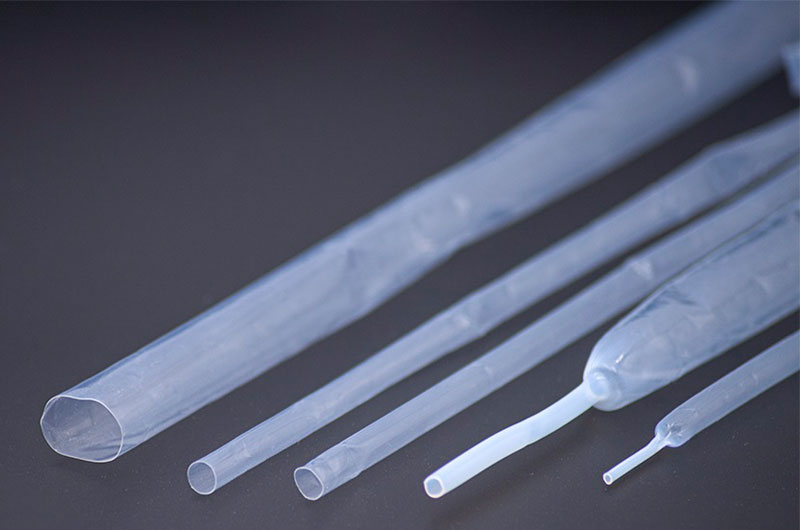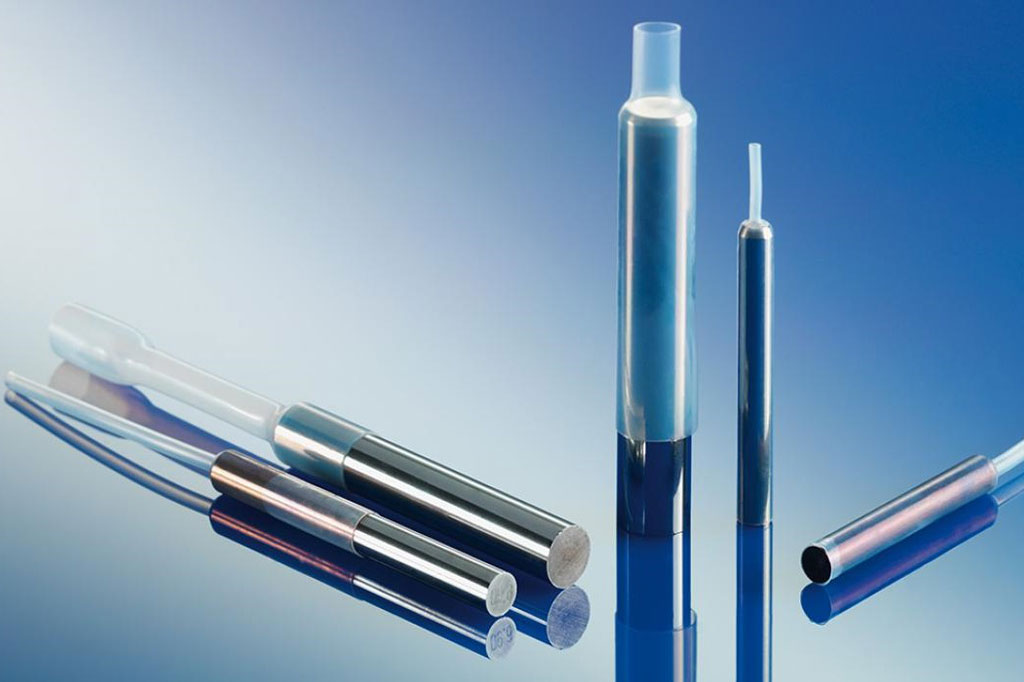PTFE heat shrink tubing is a high-performance solution used in industries ranging from aerospace and automotive to electronics and medical devices. One of the key properties of this tubing that determines its suitability for specific applications is its shrink ratio.
Understanding the shrink ratio helps engineers and manufacturers ensure a proper fit, effective insulation, and optimal protection for wires, cables, and components.
What is a Shrink Ratio?
A shrink ratio refers to the relationship between the expanded (as supplied) and recovered (after heat application) diameters of heat shrink tubing. It is typically expressed in the format X:1, where X is the expanded diameter and 1 represents the fully shrunk diameter.
In the case of PTFE heat shrink tubing, shrink ratios are determined during the manufacturing process by extruding the material and then expanding it using heat and pressure. Once cooled, the tubing retains its expanded form until reheated during installation.
Key Characteristics of Shrink Ratio:
- Expanded Diameter (ID before shrinking): The maximum size the tubing can accommodate.
- Recovered Diameter (ID after shrinking): The minimum size the tubing will reduce to.
- Wall Thickness: Typically increases as the tubing shrinks, affecting the overall protection and insulation properties.
Why Shrink Ratio Matters
Choosing the correct shrink ratio is crucial for several reasons:
1. Proper Fit
The primary function of heat shrink tubing is to snugly cover and protect components. If the shrink ratio is too low for the component size variation, it may not provide a tight seal. A proper fit ensures that the tubing adheres closely to the shape of the substrate, which enhances mechanical strength and environmental protection.
2. Mechanical and Electrical Protection
A well-selected shrink ratio improves abrasion resistance and dielectric strength. This is particularly important in high-performance and high-voltage environments where PTFE is often used due to its excellent thermal and chemical stability.
3. Aesthetics and Space Optimization
A tightly shrunk tube looks cleaner and takes up less space, which is vital in compact assemblies such as electronic circuits and aerospace wiring systems.
4. Sealing and Encapsulation
Higher shrink ratios are ideal when sealing connectors with varying diameters or when multiple wires need to be bundled and encapsulated securely. They compensate for large diameter differences, providing consistent performance.
5. Cost-Effectiveness
Selecting a shrink ratio that is too high may result in unnecessary material use and increased cost. Conversely, using a lower ratio when a higher one is required can lead to performance failure, risking even greater costs.
Common Shrink Ratios in PTFE Tubing

PTFE heat shrink tubing is available in several standard shrink ratios, each designed for specific applications:
2:1 Shrink Ratio
- Description: Shrinks to half its original diameter.
- Applications: Commonly used for uniform substrates such as wires and rods. Ideal for general-purpose insulation and protection.
- Advantages: Offers a balance between shrink capacity and wall thickness after shrinking.
3:1 Shrink Ratio
- Description: Shrinks to one-third of its original diameter.
- Applications: Suitable for applications where moderate diameter variation exists, such as over moderately irregular shapes or slightly oversized connectors.
- Advantages: Provides a tighter fit than 2:1 tubing while requiring less shrink effort than 4:1, making it a good middle-ground solution for both flexibility and sealing.
4:1 Shrink Ratio
- Description: Shrinks to a quarter of its original diameter.
- Applications: Used where significant diameter differences exist, such as covering connectors, irregular shapes, or multi-wire terminations.
- Advantages: Provides better conformity to varying shapes and ensures tight sealing.
Other Custom Ratios
Specialized applications may require custom shrink ratios beyond the standard 2:1 or 4:1, depending on the design requirements and complexity of the components.
How to Select the Right Shrink Ratio
Choosing the correct shrink ratio for your PTFE heat shrink tubing involves assessing both the component dimensions and the application requirements. Here are key steps to guide your selection:
1. Measure Component Dimensions
- Largest Diameter: This should be less than or equal to the tubing’s expanded ID.
- Smallest Diameter: Should be more than the tubing’s recovered ID to ensure a tight fit.
2. Evaluate Shrink Ratio Needs
- For minor diameter differences: Use 2:1 tubing.
- For large or irregular shapes: Opt for 4:1 tubing.
- For broad sealing applications: Higher shrink ratios help fill voids and gaps effectively.
3. Consider Wall Thickness After Shrink
PTFE tubing becomes thicker as it shrinks. Ensure that the final wall thickness does not interfere with flexibility or introduce fitment issues in tight assemblies.
4. Assess Application Environment
PTFE heat shrink tubing is typically chosen for its:
- High heat resistance (up to 260°C/500°F)
- Chemical inertness
- Low friction surface
Choose the tubing and shrink ratio that best match the environmental stressors (e.g., chemical exposure, temperature fluctuations, mechanical strain).
5. Check Compliance Requirements
In industries such as aerospace and medical, compliance with specific standards (e.g., SAE-AMS-DTL-23053/12 for PTFE tubing) may dictate acceptable shrink ratios and material specifications.
6. Test Before Mass Application
It is advisable to test the tubing on actual components during the prototyping stage. This confirms proper fit, function, and finish before full-scale production.

